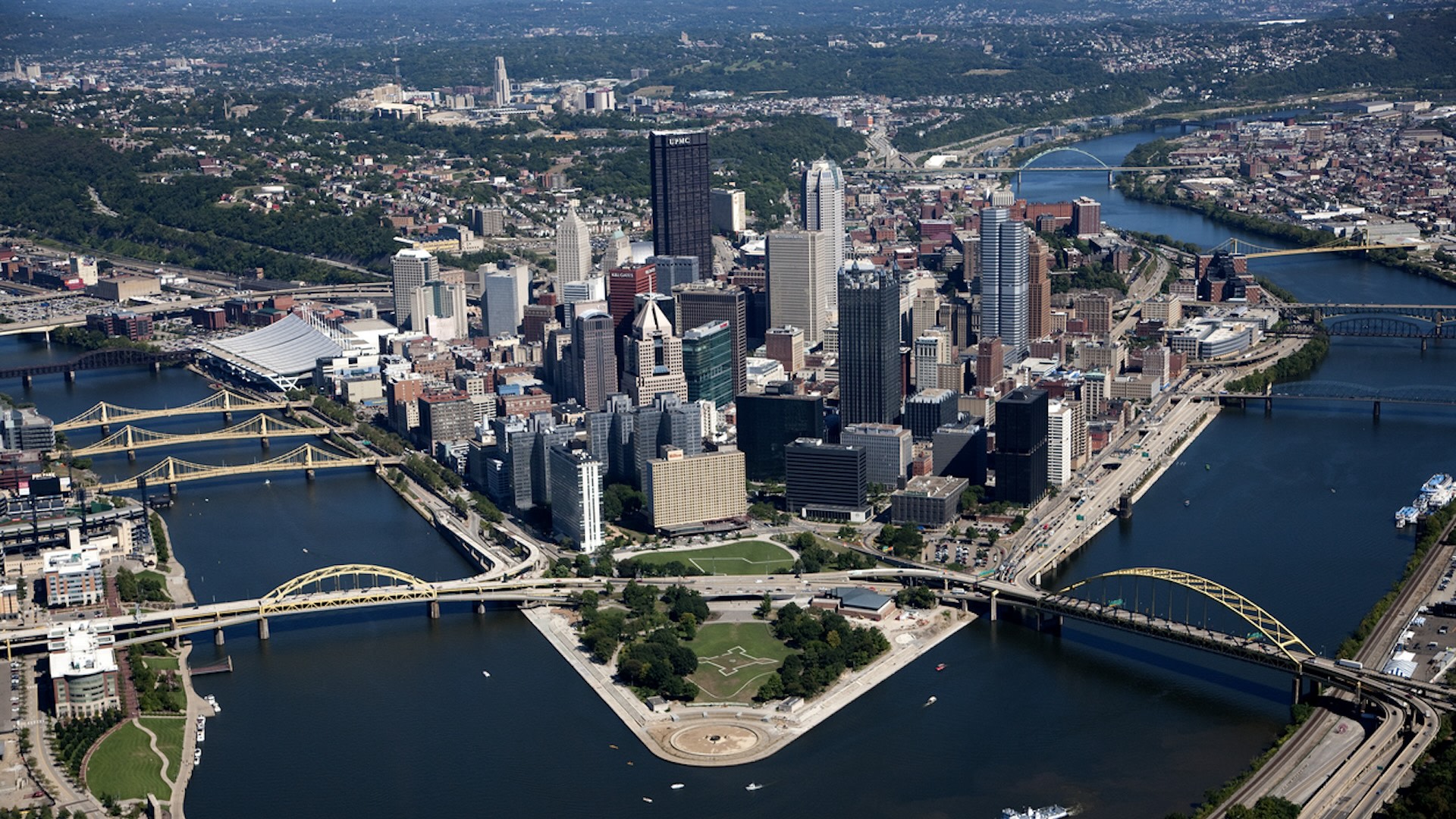When it comes to clean air, Pittsburgh is a success story. Now, other regions of the country — particularly the infamous Cancer Alley in Louisiana — are looking to build upon their example, news station WESA reported.
In the 1940s and '50s, when Pittsburgh's steel manufacturing was in full swing, so too were the effects of industrial pollution. Black clouds of ash blanketed the city every day, blotting out sunlight and causing many residents to fall ill and die.
That changed with President Richard Nixon's 1970 legislation: the Clean Air Act. Regulating the six major pollutants emitted in manufacturing, it helped scale back air pollution by approximately 80%. As WESA reported, the CAA has saved millions of lives and trillions of dollars, making it one of the most impactful pieces of environmental legislation in the world.
🗣️ Do you feel like the air quality is safe where you live?
🔘 Always 💯
🔘 Usually 😌
🔘 Not in the summer 😮
🔘 Never 😷
🗳️ Click your choice to see results and speak your mind
However, concerns are mounting that many more chemical pollutants — ones that are just as deadly as coal but invisible to the naked eye — are now the greatest threat to clean air in the United States. It's why researchers at Tulane's Environmental Law Clinic are pushing for similar regulations in order to save the lives of Louisianans.
Cancer Alley is an industrial stretch of the state with over 300 factories, many of which are petrochemical plants that emit toxic pollutants, as WESA detailed. When Dr. Kim Terrell and Gianna St. Julien investigated, they found that cancer rates in this region were 35% to 40% higher than the national average.
"People have always been saying, 'Hey, where there's pollution, there's cancer,'" Terrell said. "And our study confirms that, yes, where there's pollution in Louisiana, there's cancer."
Lisa Jordan, the clinic's director, said that this is allowed to exist because "there's just not really a program in the Clean Air Act that's specifically designed to monitor and protect every community from breathing toxic air."
As developments in manufacturing continue to produce more toxic chemicals, including several known carcinogens, officials have urged legislators to consider taking the same data-based approach that Nixon did over 50 years ago.
"The Clean Air Act is still this absolutely amazing piece of legislation, without which we wouldn't be breathing and without which my skies in Los Angeles wouldn't be clear right now," public health reporter Molly Peterson told WESA. "Even so, circumstances have changed, and the law hasn't been able to take notice of that yet."
Join our free newsletter for good news and useful tips, and don't miss this cool list of easy ways to help yourself while helping the planet.









